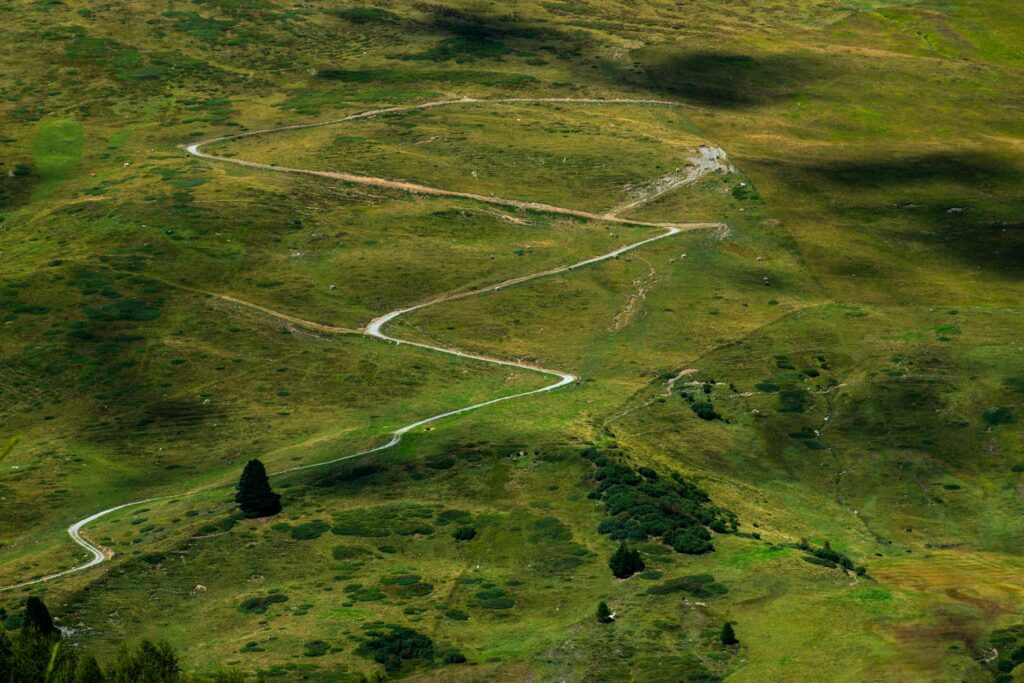 The Lifeline of Trade
The Lifeline of Trade
The Silk Road was a vast network of trade routes connecting the East and West. Spanning thousands of miles, it facilitated the exchange of silk, spices, precious stones, and other luxury goods. Merchants traveled through challenging terrains, from deserts to mountains, creating a complex web of economic activity that linked Asia, the Middle East, and Europe. The Silk Road was instrumental in shaping medieval commerce and culture.
Cultural Interactions and Innovations
The Silk Road was not just a conduit for goods but also for ideas and innovations. Religions such as Buddhism, Islam, and Christianity spread along these routes, fostering cross-cultural interactions. The exchange of technologies, including papermaking and gunpowder, had profound impacts on societies connected by the Silk Road. This cultural diffusion enriched civilizations and facilitated the growth of knowledge and innovation across continents.
The Role of Caravans and Cities
Caravanserais and bustling trade cities played crucial roles in the functioning of the Silk Road. These waystations provided rest, supplies, and protection for merchants and their caravans. Cities like Samarkand, Bukhara, and Kashgar flourished as centers of trade, culture, and diplomacy. They were melting pots where diverse peoples and traditions converged, creating vibrant urban centers that reflected the cosmopolitan nature of the Silk Road.
Conclusion
The Silk Road was more than a trade route; it was a dynamic network that facilitated the exchange of goods, ideas, and cultures. Its influence extended far beyond commerce, leaving a lasting legacy on the civilizations it connected and shaping the medieval world in profound ways.